Growing Green Beans: The Complete Guide
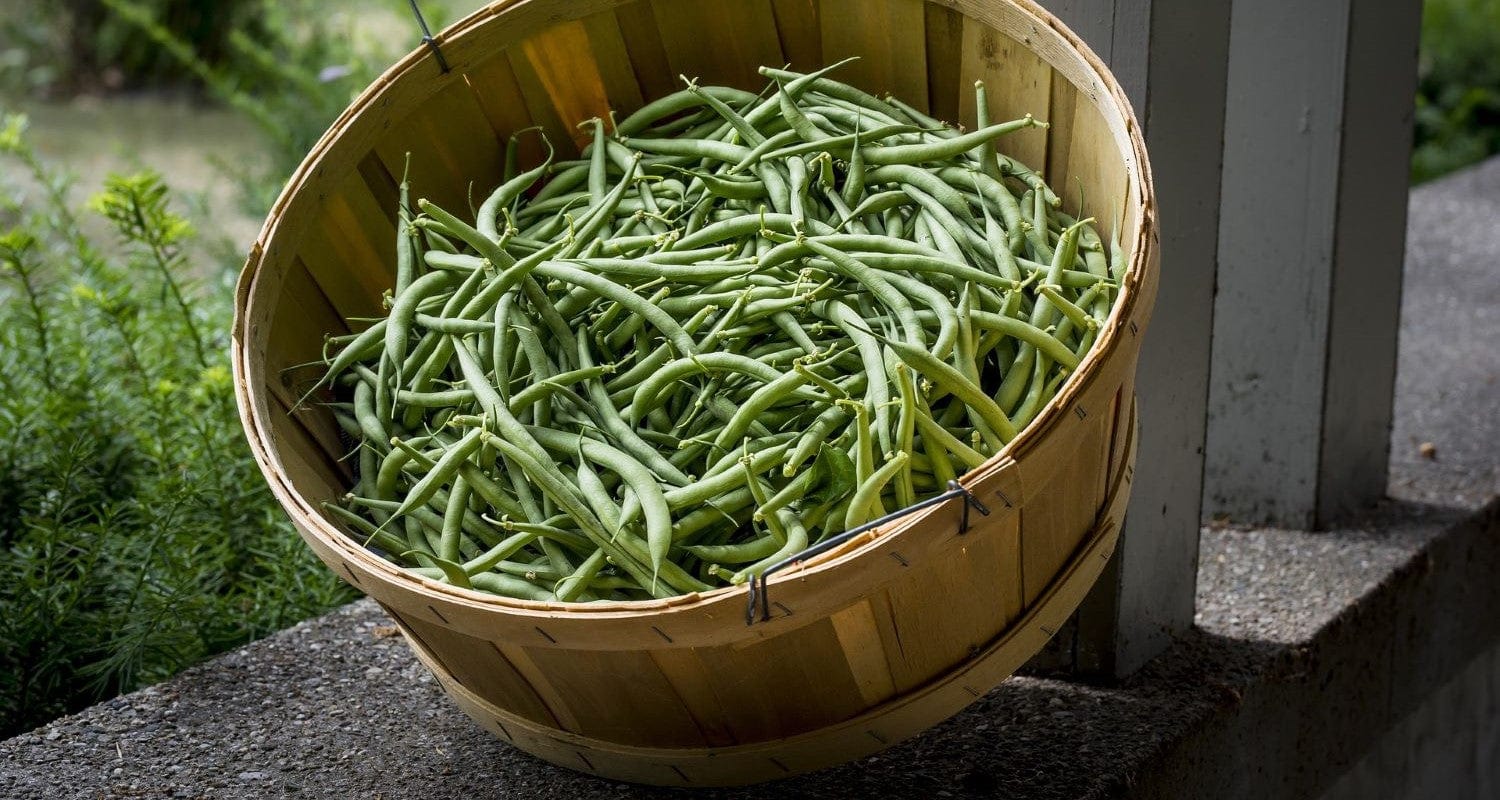
Green beans are an easy win, one of the easiest vegetables to grow. Picked fresh, they’re far more tender than any you can buy - and the flowers add a colourful display to your garden, attracting useful pollinators to your patch. They make a great choice for small space gardeners too, as they’re grown vertically up a support and won’t take up much room in your beds. Our vegetable plant growers are full of useful advice to help you make the most of your plants, so after a lengthy chat and a lot of mud, here’s what I learned about growing green beans like a pro.
Jump to:
- Choosing your beans
- Growing from seed
- Growing from plants
- Caring for your plants
- Harvesting and storing beans
- Problem solving
Choosing which green beans to grow
There are three main types of green beans that you can grow - French beans, runner beans and broad beans. All of them are pretty straightforward and productive, so choosing is really a matter of which you like best and what kind of garden you have.
Runner beans
These are the big hitters! Providing a lot of bean for the space they take up, runner beans are sweet and crunchy - slice and cook them for a simple side or make them the star of curries, salads and pasta dishes. They also freeze really well when chopped and blanched.
Some varieties of runner beans can grow more than 30cm long. The attractive flowers can be red, white or bicoloured - they’re also edible and make a colourful garnish.
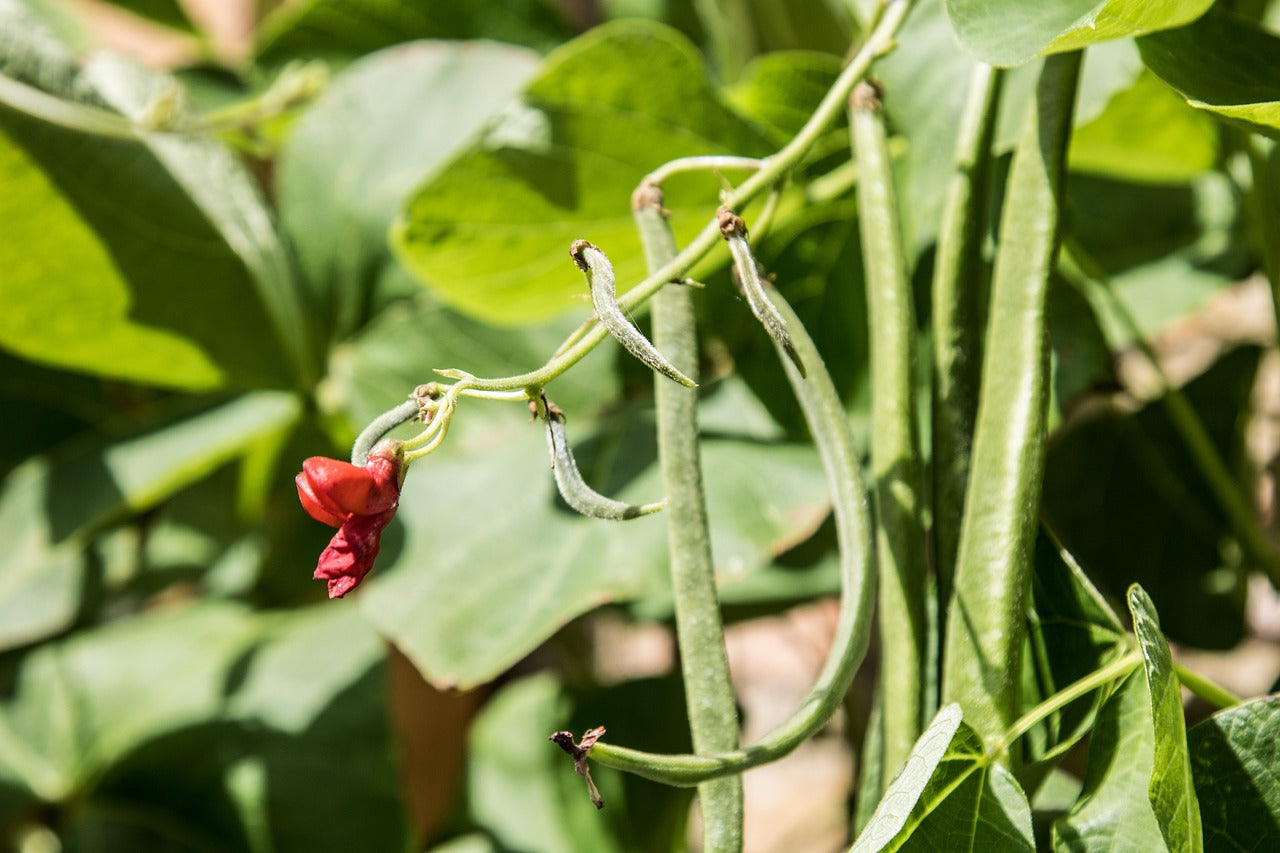
French beans
French beans are slim, tender pods around 10cm long - simply steam or stir fry and eat the whole thing. They’re some of the most decorative green beans, with flowers that are usually yellow, red or orange but can be bicoloured in some varieties.
There are two types of French beans; dwarf beans and climbing beans. As you’d expect, climbing bean varieties grow tall and need a support like a trellis or a pyramid of canes to grow up, whereas dwarf varieties like Tendergreen and Hestia can be grown in pots without support.
As well as green French beans, you can also find purple, yellow and white variations.
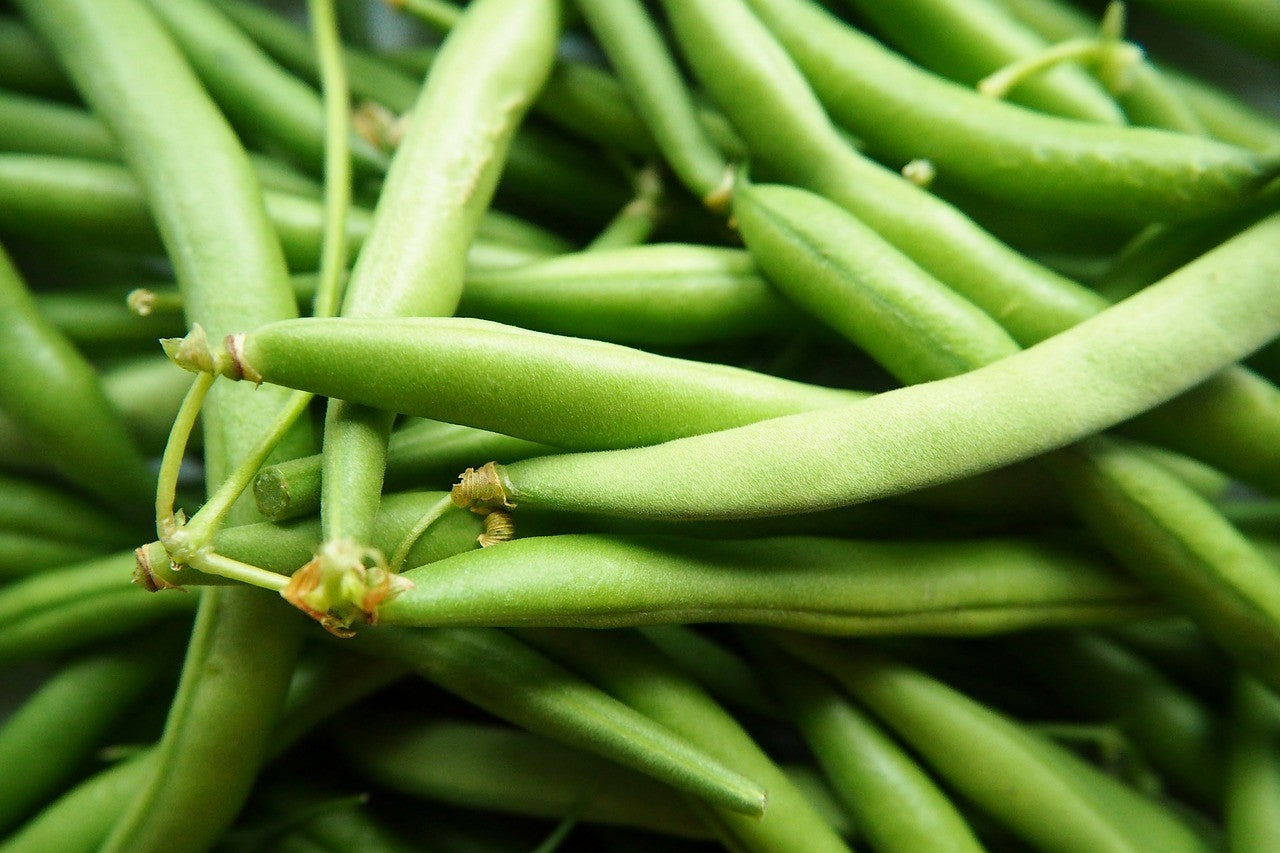
Broad beans
Broad beans are sturdy plants that don’t need support. The pods are large and the delicious buttery beans can be eaten fresh or dried (both ways, you’ll need to cook them first). They’re great for casseroles, tapas dishes and dips. Broad bean plants also have black and white flowers that are highly attractive to pollinators, so they’re a great addition to the plot that benefits all of your crops.
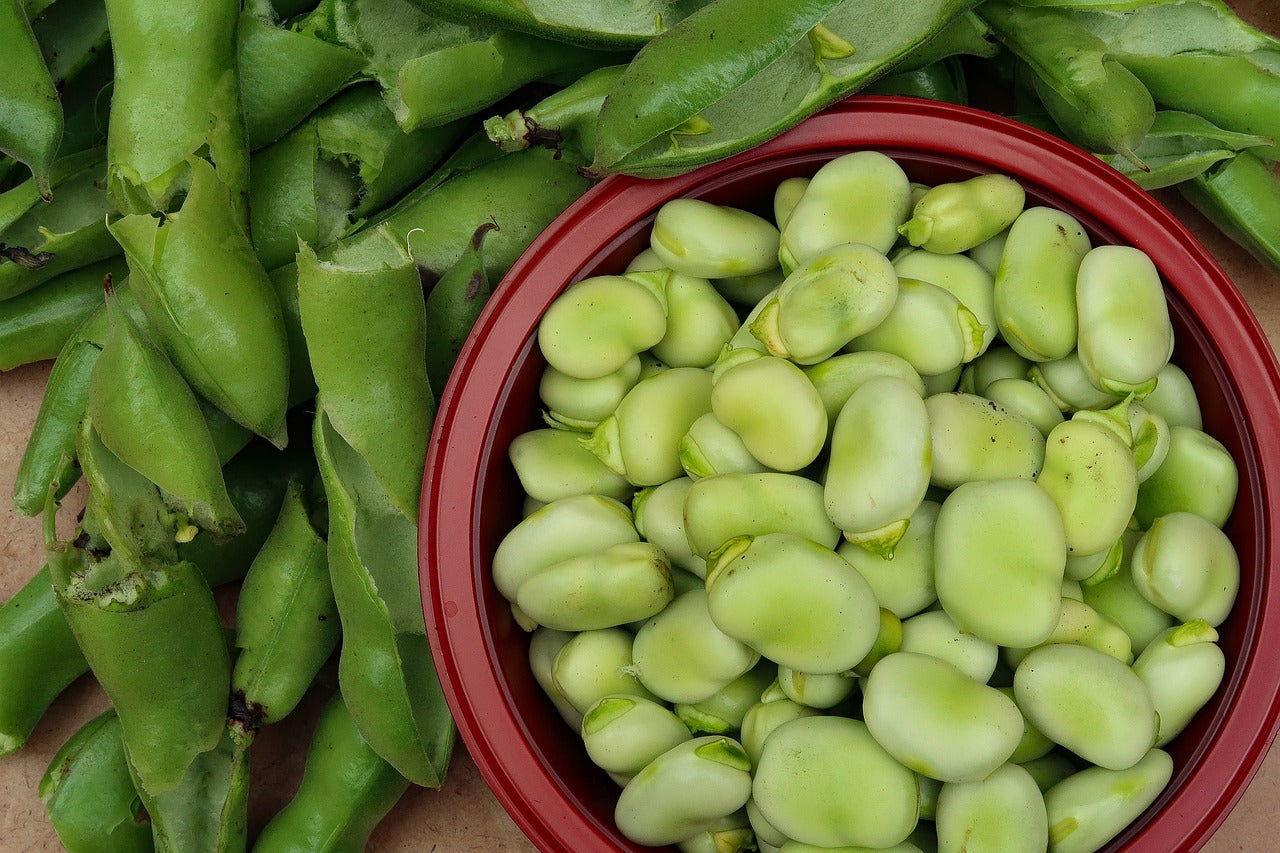
Other beans
When you’ve successfully grown a few varieties and you’re feeling like an unstoppable bean genius, why not try adding some more unusual varieties of beans like edamame, borlotti, cannellini or chickpeas?
How to grow green beans from seed
For the best results, sow your green bean seeds indoors towards the end of April. They tend to germinate (spring into life) better under cover, as well as growing faster. Sow one seed per pot or module, planting them 4cm deep. Position your pots on a sunny windowsill or in a greenhouse and plant them out (or repot) when they have a couple of pairs of leaves - this takes around three weeks. Gradually get your young plants used to the cold by hardening them off before you plant them outdoors.
If you miss this planting window, don’t worry. You can also plant the seeds directly outdoors between mid May and mid June when the soil is warmer.
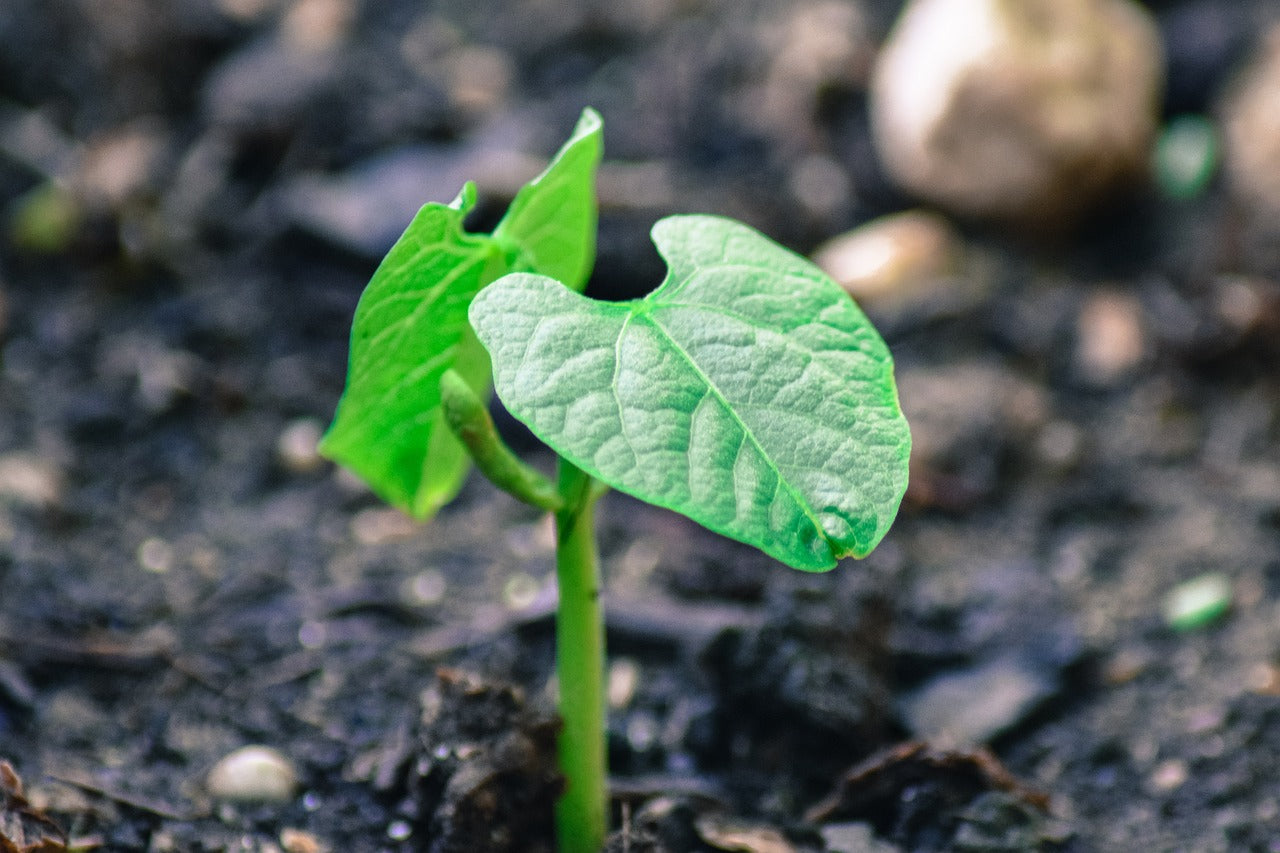
How to grow green beans from plants
It’s easier to grow green beans from plants - also a useful backup option if your seedlings haven’t fared too well or a late frost has killed them off. You can buy them in spring and grow them on in pots or plant them straight outside in a greenhouse or polytunnel if the last frost date has passed. This varies according to where you live, and can be checked here.
When can I plant green beans?
Runner beans and broad beans are best planted outdoors in mid to late May and French beans from late May through to July. If the weather is still chilly, make sure you protect your young plants with cloches or cold frames until it warms up. It’s also a good idea to get your bean supports in place before you plant.
What soil is best for green beans?
Green beans need fertile, well-draining soil. If you’re really well prepared, you can get a good layer of nutrient-rich manure mixed into the soil the autumn before you plant them, but otherwise, a mixture of three parts compost to one part topsoil, well mixed, is a winning combination.
How much sun do green beans need?
Green beans need plenty of sunlight and warmth in order to flower and produce beans reliably.
Plant them in a sheltered position where they will receive around 6-8 hours of direct sunlight every day and will be protected from cold winds.
Planting green beans
Climbing French or runner beans are best planted in a row, spaced about 15-20cm apart, while
broad beans do best in blocks or rows so that they can support each other as they grow.
To prepare your soil, rake it over and remove any weeds and large stones, then mix in plenty of compost. When you’ve got your bean support network in place, dig a small hole next to the supporting cane that’s large enough for the roots to fit in and then pop in your plant. Back fill any gaps with soil and then gently firm the plant in by hand. Tie in each plant gently to its support and give it a good watering to help the soil settle around the roots.
Growing green beans in pots
If you’re planting in pots, choose a dwarf variety of bean plant. You can grow full sized varieties too, but these will need a substantial support building in the pot before you plant. Growing in containers is a really good way to make sure your plants get enough sun, as you can move them around your garden to maximise the light exposure. Choose pots at least 30-45cm wide and deep, fill them with good quality compost and make sure they have drainage holes in the bottom. Use one pot for each broad bean or dwarf bean plant, or for up to three climbing or runner bean plants, which will twine around the support together.
Green bean care
How to support green beans
Runner beans and climbing French beans need a tall support structure to climb up - this is probably the most important part of the growing process, and it pays to get this in place as soon as possible so it’s ready for when your plants grow like a pantomime beanstalk.
The two main types of support used for beans are pyramids of tall canes (sometimes called a teepee) and an A frame.
A pyramid is the simplest support - just tie a bunch of tall canes together at the top and space them out in a pyramid shape in your vegetable bed. This is also a useful form of support for plants in pots.
To make an A frame, cross over two tall canes and tie them together at the top, then repeat this at intervals to fit the length of your vegetable bed, attaching another long cane across the top to tie them all together.
Broad beans don’t need support as such, but it’s a good idea to plant them in a square block and make a frame around them with twine or string to keep them nice and upright as they grow.
Full instructions for building each kind of support can be found in our guide to supporting your peas and beans.
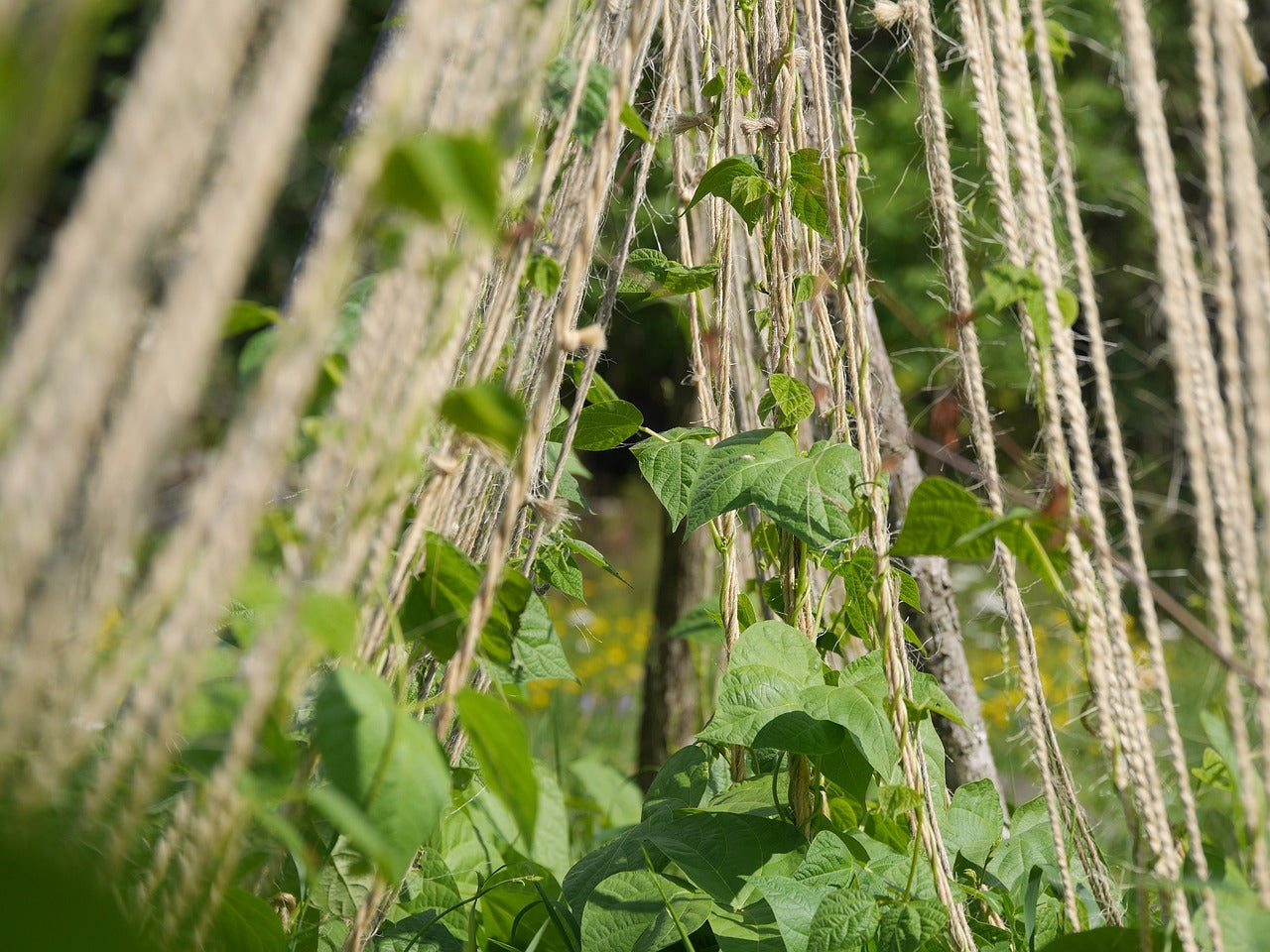
How much water do green beans need?
Green beans like consistently moist soil, so be careful not to let them dry out. Check and water them regularly, especially those in pots - in the height of summer you can expect to be doing this daily. If you can, water your plants in the morning and avoid splashing the leaves, to prevent moulds and mildews developing.
How to feed green bean plants
Green beans are generally very productive, but you can get an even bigger crop by feeding them. When your plant starts flowering, feed it every week with a potassium rich fertiliser such as liquid tomato feed, which encourages the pods to form. Your plants will also benefit from a mulch to provide them with extra nutrients, retain water in the soil and keep the weeds down around them.
How to harvest green beans
Once planted, your plants should be producing beans ready to harvest in about 10-13 weeks.
Runner beans are best harvested at around 15-20cm long, (although it’s fun to let them grow and see how big you can get them!) broad bean pods when they’re at least 6cm and French beans at 10cm. Harvest them carefully by hand, pinching them off the plant at their base.
The beauty of green beans is that the more beans you pick, the more your plant will produce. In the height of summer this usually means you can harvest a fresh handful every day to have with your dinner. Your plants should keep cropping right up until the first frosts in autumn, and when they’re finished it’s a good idea to leave them rather than pulling them out as the roots will continue to put nitrogen back into the soil, benefitting next year’s vegetables too.

Storing your green beans
Freshly harvested green beans will keep for around a week in the fridge - keep your broad beans in the pods until you need them for maximum freshness. French beans and runner beans also freeze very well - slice them or simply trim the ends off, then blanch them by boiling for a minute or two before plunging them into cold water. The same applies to broad beans, but remove them from the pods first. Your beans will be good for months and can be used straight from the freezer with no defrosting needed.
You can also dry broad beans, which allows you to store them in a cupboard for up to a year.
Green bean problems
Slugs and snails
Slugs and snails can quickly devour young bean plants and destroy them before they’ve even had a chance to grow. They can affect the pods as well, causing what looks like little bite marks.
The best non-lethal way to keep them away is with a barrier - this can be made of copper wire, which will react with the slug’s mucus to deter them, or crushed eggshells/gravel which they find difficult to cross.
In case of severe slug attacks, wool pellets are a humane and less harmful alternative to the blue chemical slug pellets you can buy, and won’t harm beneficial wildlife such as hedgehogs. As your plants grow taller and further from the soil, you should find the slug problem settles down.
Black bean aphids
Although bean plants are generally pretty strong and unaffected by pests and disease, you might occasionally see these tiny black bugs (2mm long) clustered on shoot tips, flower stems, or the underside of leaves. They can cause leaves and pods to discolour and become misshapen. Aphids also leave behind a sticky residue known as honeydew which can then promote the growth of a fungus known as sooty mould.
To combat black bean aphids you can spray your plant with soapy water. Garlic is another aphid deterrent so you can add that to the mix, along with a drop of vegetable oil to prevent them clinging on. Alternatively, you can just grow some garlic as a companion plant nearby. Ladybirds and hoverflies like to munch on aphids so planting marigolds to attract them will also help to prevent or control the problem.
Help! I’ve got no beans
If your plant has grown tall but failed to produce many beans then there are three main reasons for this: lack of water, lack of nutrients, and lack of pollinating insects.
Ensure that your soil is nutrient rich and has a good, crumbly texture. If you are planting in the ground then make sure you mix in plenty of well rotted manure or compost. Then make sure the water is kept regularly moist. Remember to feed the plants a high potassium feed every week once the plant has started to flower.
To attract pollinating insects, plant plenty of pollinator friendly flowers in your garden. Lavender, foxgloves, hollyhocks and achillea are all fantastic flowers that will attract the bees you need to pollinate your bean flowers and help the pods develop.Last updated: 07/03/2024




















